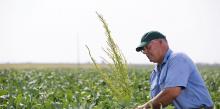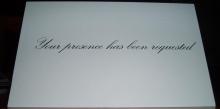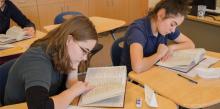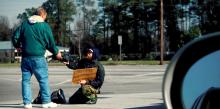Editorial by Seán Robinson
Some years ago, I picked up a travel book titled 1,000 Places to See Before You Die. This best-seller describes a myriad of amazing places to visit around the globe far beyond the Seven Wonders of the World. While I had already been to some places, others beckoned me with the lure of the exotic and the unknown. As my “bucket list” expanded, I found myself looking forward to new adventures.





